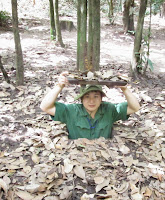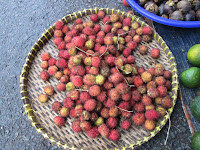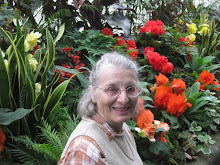Kia Ora!
Gutted--like insides torn out. That was the feeling this past week as all of New Zealand watched their team go down to defeat. I speak of the America's Cup yacht race recently completed in San Francisco Bay. The defeat is particularly hard to take because hopes were built up as the Kiwi boat, Aotearoa (with a mainly Kiwi crew) was leading Oracle, the USA boat (with only one American qualifying for the crew; the rest were Aussies and turncoat Kiwis) 8 points to 1, after 11 races (Oracle was docked 2 points for cheating in earlier regattas.) Then, like some miracle, Oracle won the next 8 races to reach the 9 points required to win the regatta. What happened?
The Kiwi team sailed expertly. But Oracle (we can hardly call it the American boat, can we?) had a secret weapon, aided by... wait for it... Air New Zealand. So said yesterday's news. Just a business deal. A device used by airliners for stability (I may be wrong on this, I am no sailor) was made for Oracle. The judges preapproved its use so all was fair and square. Team New Zealand asked for their help also, and Air NZ refused as a rival airline supported the Kiwi challenge. That was pretty obvious (see photo); Emirates "bought" the Kiwi sail as a bill board. But who owns Air NZ? The NZ government owns the airline, and the government legislated support for the Kiwi boat also. This gets a bit circular, doesn't it?
The Kiwi crew flies home tomorrow. You can bet they will receive heroes' welcome.
 |
| My photo taken from our telly during race |
Kiwi Traveler and fan of New Zealand's America's Cup challenger



























































